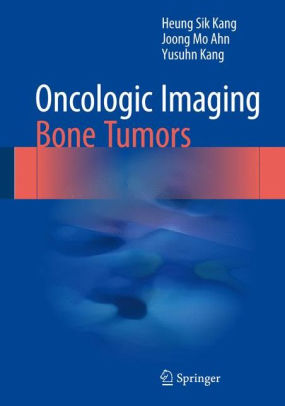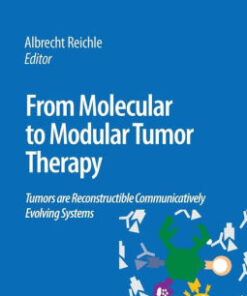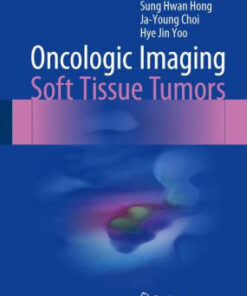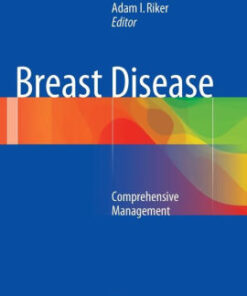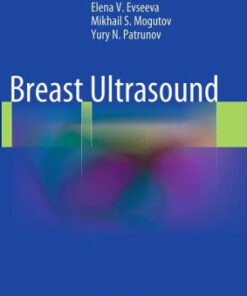(PDF) Oncologic Imaging – Bone Tumors by Heung Sik Kang
$18.00
Download instantly Oncologic Imaging – Bone Tumors by Heung Sik Kang, Joong Mo Ahn, Yusuhn Kang. It is ebook in PDF format.
ISBN-10: 9812877029 ISBN-13: 9789812877024
Preview
This is the PDF eBook version for Oncologic Imaging – Bone Tumors by Heung Sik Kang, Joong Mo Ahn, Yusuhn Kang
Table of Contents
Part 1. Basic concepts and diagnostic parameters.- 1. Demographics.- Age.- Gender.- 2. Lesion location.- In the skeleton: Specific bones.- Axial/ Appendicular.- Within a specific bone.- Epiphysis/ Diaphysis/ Metaphysis.- Medullary space/ Cortex/ Juxtacortical.- 3. Biological activity (pattern of destruction).- Geographic.- Sclerotic margin (IA).- Well-defined border without sclerotic rim(IB).- Ill-defined border (IC).- Moth-eaten (II).- Permeated (III).- 4. Matrix mineralization.- Osteoid.- Chondroid.- Fibrous.- 5. Periosteal and endosteal reaction.- Continuous.- Shell-type.- Solid-type.- Single-layer lamellar.- Multi-lamellated (onion-skinning).- Interrupted.- Perpendicular.- Spiculated (hair-on end).- Sunburst.- Codman’s triangle.- Endosteal scalloping.- 6. Size and number of the lesions.- Part 2. WHO classification of bone tumor and specific radiologic features.- 1. Osteogenic tumors.- Benign: Osteoma, Osteoid osteoma, Osteoblastoma.- Malignant: Osteosarcoma.- 2. Chondrogenic tumors.- Benign: Osteochondroma, chondromas, Chondromyxoid fibroma, Subungualexostosis and bizarre parostealosteochondromatous proliferation, Chondroblastoma.- Malignant: Chondrosarcoma.- 3. Fibrogenic and fibrohistiocytic tumors.- Desmoplastic fibroma of bone, Fibrosarcoma of bone.- Non-ossifying fibroma/Fibrous cortical defect.- Benign fibrous histiocytoma of bone.- 4. Osteoclastic giant cell-rich tumors.- Giant cell tumor of the small bones, Giant cell tumor of bone.- 5. Hematopoietic neoplasms and small round cell tumors.- Plasma cell myeloma/ Solitary plasmacytoma of bone, Primary lymphoma of bone, Ewing’s sarcoma,- 6. Vascular tumors.- Haemangioma, Angiosarcoma.- 7. Others (Tumor-like lesions, Soft tissue type tumors..).- Simple bone cyst, Aneurysmal bone cyst, Fibrous dysplasia, Osteofibrous dysplasia, Langerhans cell histiocytosis, Intraosseouslipoma, Liposclerosingmyxofibrous tumor, Adamantinoma.- 8. Tumor syndromes.- Enchondromatosis: Ollier disease and Maffucci syndrome, McCune-Albright syndrome, Multipleosteochondromas.- Part 3. Practical pearls in the diagnosis of bone tumors.- Radiographic findings.- Intramedullary sclerotic bone lesions.- Cortical sclerotic bone lesions.- Geographic osteolytic lesion, sclerotic border, no intralesional matrix.- Geographic, osteolytic lesion, no sclerotic border, no intralesional matrix.- Expansileosteolytic lesion with pseudotrabeculation (Soap-bubble appearance).- Aggressive osteolytic lesions – Moth-eaten / Permeativeosteolytic lesion.- Mixed lytic and sclerotic lesions.- Chondroid matrix.- Osteoid matrix.- Pedunculated or sessile bony excrescences.- Juxtacortical/ Periosteal lesions.- 2. MRI characteristics.- Intralesional features.- Fat containing lesions.- T2 hypointense tumor matrix.- Fluid-fluid levels.- Flow voids.- Ancillary findings.- Soft tissue extension.- Intralesional or peritumoral edema.- 3. “Look like anything” lesion.- Part 4. Drill and practice: image interpretation session.
